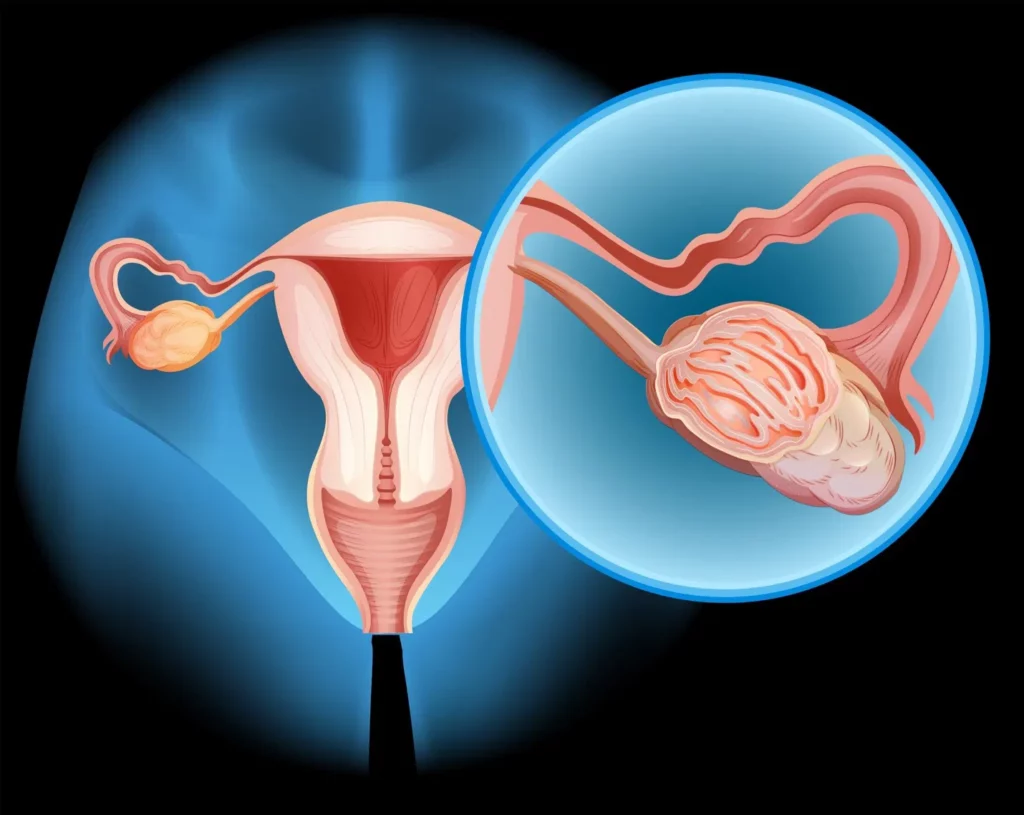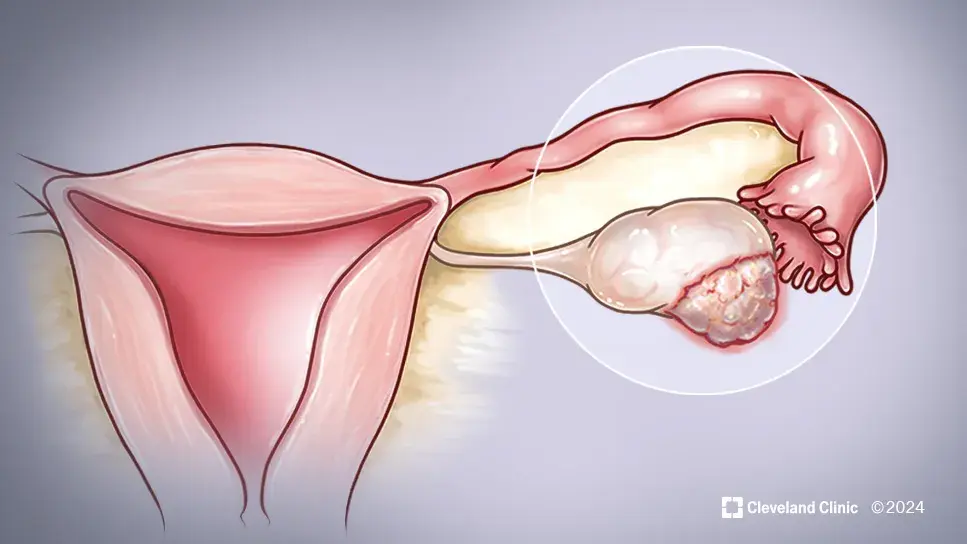Ovarian and breast cancer are among the most common types of cancer affecting women. Although they develop in different parts of the body, scientists agree that the two can be biologically connected — particularly through genetics.
A clear connection between these two cancers is the presence of mutations of in the BRCA1 and BRCA2 genes.
According to the American Cancer Society, women diagnosed with breast cancer may have an increased risk of developing ovarian cancer.
In fact, those with breast cancer are twice as likely to develop ovarian cancer at some point in their life.
Research suggests that women who carry a BRCA1 mutation have up to a 72% lifetime risk of breast cancer and up to a 44% risk of ovarian cancer.
Those with a BRCA2 mutation face up to a 69% risk of breast cancer and a 17% risk of ovarian cancer.
Either parent can pass down these genetic mutations through generations, which is why having a family history of either cancer can increase your personal risk—even if no relative has had both types.
Women coming from families where most of the females have had any of these two forms of cancer may consider testing for BRCA mutations.

Understanding your genetic makeup can offer a more targeted approach to cancer prevention and early detection in collaboration with your healthcare provider.
Other shared factors are older age, obesity, never carrying a pregnancy to term or never falling pregnant, and long-term use of hormone replacement therapy after menopause.
Some women try to lower their cancer risk through preventive (prophylactic) surgeries, such as a mastectomy (removal of the breasts) or an oophorectomy (removal of the ovaries and fallopian tubes).
For some high-risk individuals, doctors may prescribe medications like tamoxifen to help reduce the chances of developing breast cancer.
Please SHARE this article with your family and friends on Facebook.
Bored Daddy
Love and Peace

